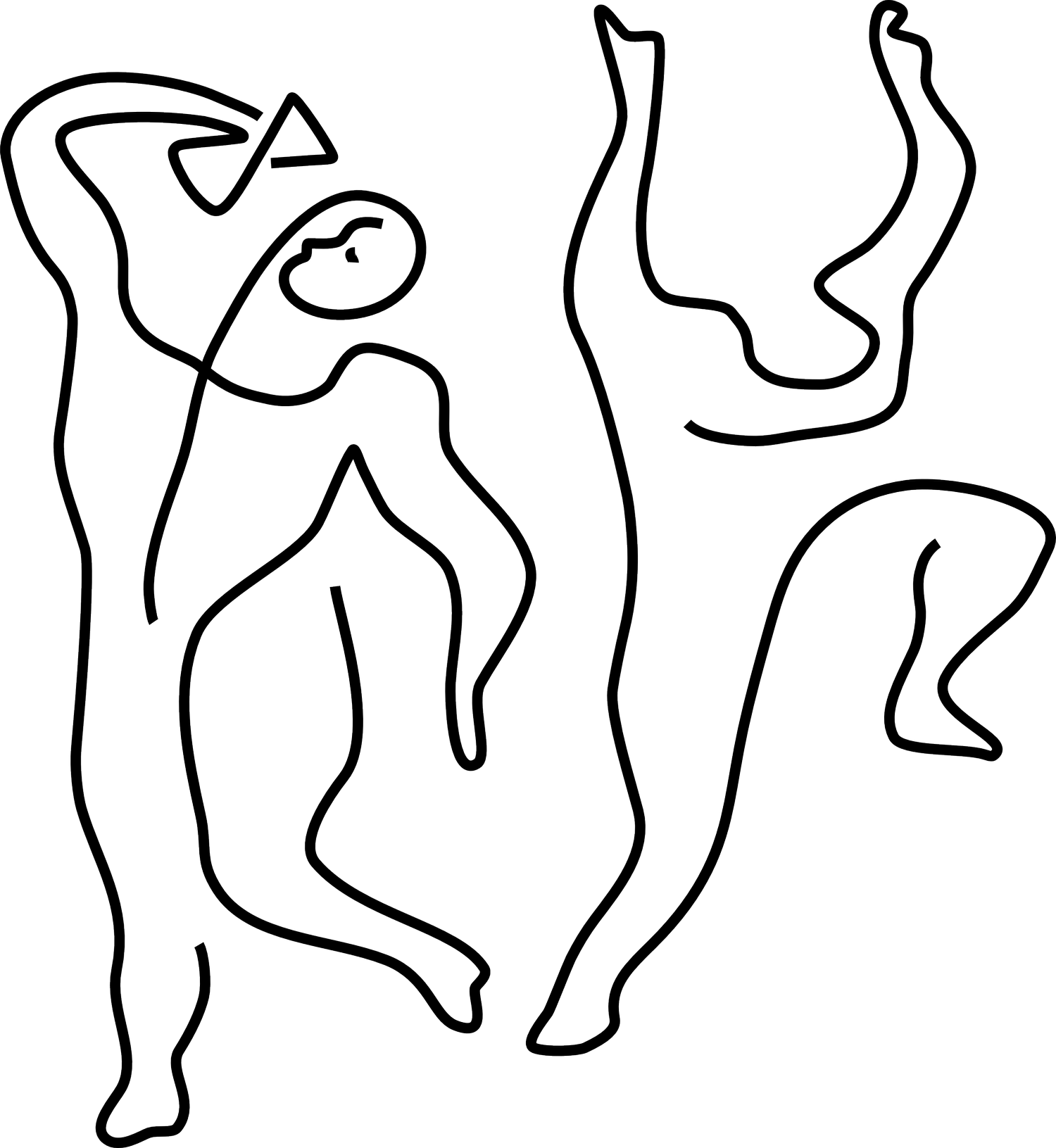A tale of two giants
After leaving the coffee world in 2017, having spent over 10 years as head roaster on a 25-kilo Diedrich commercial roaster, a giant had a void in his life. For the next 4 years, he wandered the land looking for a roaster that would suit his needs at home and still produce the kind of coffee that he demanded. Finally, he found the Aillio Bullet, drawn to its familiar capabilities but also the technical advancements and improvements over traditional gas drum roasters.
Once another giant caught wind of this acquisition, he proposed an intriguing idea. The other giant, being very impressed with the results of the Bullet roaster and also having this same idea tucked away in his giant head, agreed that it must happen. And so, with much fanfare and revelry and toasting of mead and devouring of hog leg, the two giants got together to decide what to call themselves.
Two Giants is among the many amazing coffee roasters in the thriving and well-caffeinated city of Greenville, SC. We call ourselves “niche” because it is not our ambition to appeal to a majority of coffee drinkers. We buy the greens we want, focusing on only a few selections at a time, and roast the type of coffee we ourselves want to drink. Hopefully, this interests at least enough people to cover the website fees.
-

Craig King
Roaster, Designer
-
Art Haecker
Sales, Business Operations

the NAME
“Two Giants” comes from our love for Wagnerian opera and refers to the giants Fasolt and Fafner from Wagner’s Ring cycle.
Like them, we too are large and lumbering.

Nanoroasting
the ROASTER
We roast our coffee with the incredible Danish-designed Aillio Bullet R1 V2 professional drum roaster, employing advanced infrared temperature sensors and ultra-efficient electromagnetic induction heating.
Superior control of temperature, airflow, and drum speed allows for immediate and minute adjustments during the roasting process to enhance subtle flavor characteristics. The optimal roast profile can then be repeated again and again with flawless execution.
Induction heating
Whereas traditional electric roasters must rely on inefficient heating elements, the Bullet R1 uses induction to directly heat the drum.
Induction eliminates energy waste, transforming the Bullet R1 into one of the world’s greenest roasters.
Induction drastically increases the responsiveness of the machine, lending it a feel more akin to gas roasters than traditional electric roasters, as any mid-roast adjustments to the power level are instantaneous.
Induction allows for an incredible amount of heat to be produced quickly, reducing its footprint without sacrificing its power.
the COFFEE
We find coffee that intrigues us and that is only available in smaller amounts.
We purchase the coffee green shortly after harvest, at which time it is shipped to us in hermetically sealed bags that prevent loss of bean moisture and absorption of outside moisture. This way you’re tasting the coffee, not the burlap bag, truck exhaust, warehouse odor, barge fumes.
The green coffee is then stored in oxygen and moisture barrier bags at a constant 65˚F in a low-humidity environment until ready to roast.
We roast each coffee uniquely in order to accentuate the innate characteristics imparted by variety, region, altitude, and processing method.
This means light-roasted coffee. Once coffee reaches a certain degree of darkness in the roast, the flavors of the roast itself begin to mask the flavors that make the coffee unique.
During the roast, the coffee is constantly being observed for various markers, the length of certain phases and the overall ratio of these phases, as well as telling smells and visuals.
Depending on the coffee, we can manipulate these moments during the roast to enhance various taste characteristics, like highlighting or dampening acidity, accenting chocolate notes, etc.



